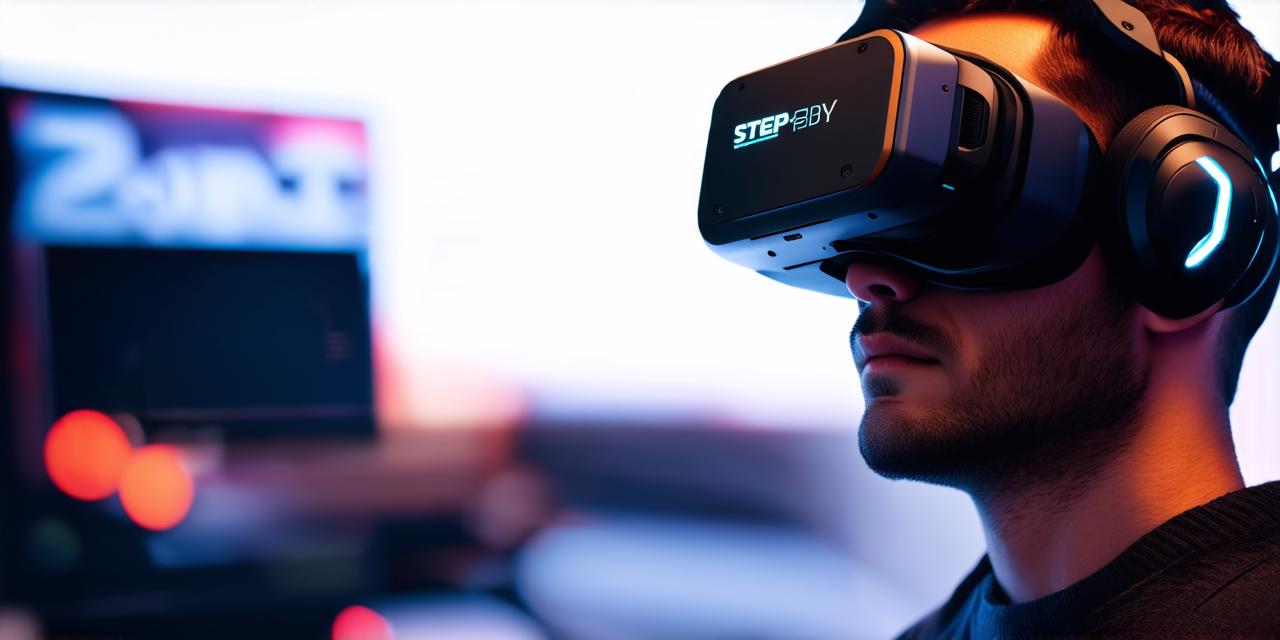Virtual reality (VR) is a rapidly growing technology that allows users to immerse themselves in simulated environments. If you’re interested in creating a VR experience, this step-by-step guide will help you get started.
1. Define the purpose and goals of your VR experience.
Before you begin designing your VR experience, it’s important to have a clear idea of what you want to achieve. Are you trying to educate users about a specific topic? Entertain them with a game or simulation? Or create an immersive environment for therapy or training purposes? The purpose and goals of your VR experience will guide the rest of the design process.
2. Choose a platform and tools.
There are several platforms and tools available for creating VR experiences, including Unity, Unreal Engine, A-Frame, and WebVR. Each platform has its own strengths and weaknesses, so it’s important to choose one that best fits your needs and experience level.
3. Create the 3D environment.
Once you have chosen a platform and tools, the next step is to create the 3D environment for your VR experience. This involves designing and modeling the environment, as well as adding textures, lighting, and other visual elements. It’s important to make sure the environment is optimized for VR and can be easily navigated by users.
4. Add interactive elements.
Interactive elements are what make a VR experience engaging and immersive. These can include objects that users can interact with, puzzles or challenges, and environmental effects like weather or time of day. It’s important to make sure the interactive elements are intuitive and easy to use.
5. Test and refine the experience.
Once you have created the VR experience, it’s important to test it thoroughly to ensure it’s functioning as intended. This involves testing the experience on different platforms and devices, as well as gathering feedback from users to identify areas for improvement. It may take several rounds of testing and refinement to get the experience just right.
6. Publish and distribute the VR experience.
Once you are satisfied with the VR experience, it’s time to publish and distribute it to your intended audience. This can involve submitting the experience to app stores or platforms like Steam, as well as promoting it through social media or other marketing channels. It’s important to have a clear distribution plan in place to maximize the reach and impact of your VR experience.
Creating a VR experience can be a challenging but rewarding process. By following these steps and putting in the necessary time and effort, you can create an engaging and immersive experience that will transport users to new and exciting worlds.
